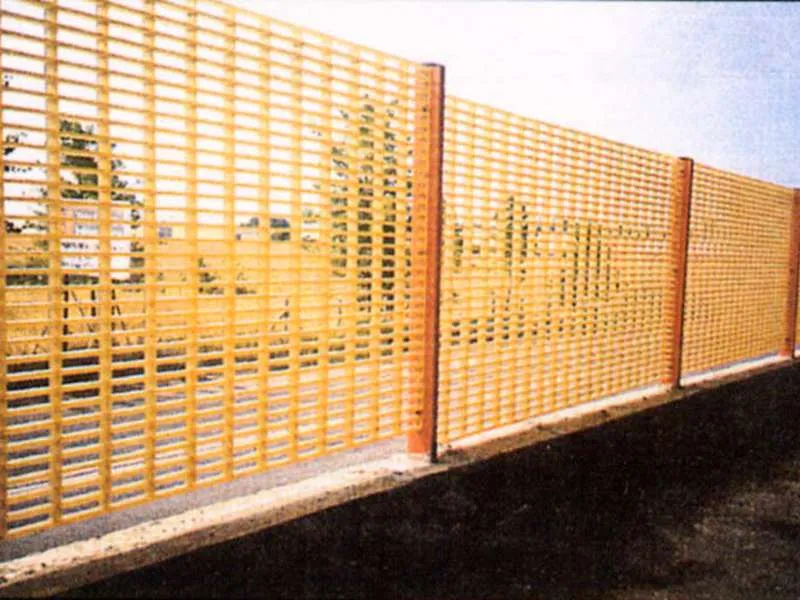
-
 Afrikaans
Afrikaans -
 Albanian
Albanian -
 Amharic
Amharic -
 Arabic
Arabic -
 Armenian
Armenian -
 Azerbaijani
Azerbaijani -
 Basque
Basque -
 Belarusian
Belarusian -
 Bengali
Bengali -
 Bosnian
Bosnian -
 Bulgarian
Bulgarian -
 Catalan
Catalan -
 Cebuano
Cebuano -
 China
China -
 China (Taiwan)
China (Taiwan) -
 Corsican
Corsican -
 Croatian
Croatian -
 Czech
Czech -
 Danish
Danish -
 Dutch
Dutch -
 English
English -
 Esperanto
Esperanto -
 Estonian
Estonian -
 Finnish
Finnish -
 French
French -
 Frisian
Frisian -
 Galician
Galician -
 Georgian
Georgian -
 German
German -
 Greek
Greek -
 Gujarati
Gujarati -
 Haitian Creole
Haitian Creole -
 hausa
hausa -
 hawaiian
hawaiian -
 Hebrew
Hebrew -
 Hindi
Hindi -
 Miao
Miao -
 Hungarian
Hungarian -
 Icelandic
Icelandic -
 igbo
igbo -
 Indonesian
Indonesian -
 irish
irish -
 Italian
Italian -
 Japanese
Japanese -
 Javanese
Javanese -
 Kannada
Kannada -
 kazakh
kazakh -
 Khmer
Khmer -
 Rwandese
Rwandese -
 Korean
Korean -
 Kurdish
Kurdish -
 Kyrgyz
Kyrgyz -
 Lao
Lao -
 Latin
Latin -
 Latvian
Latvian -
 Lithuanian
Lithuanian -
 Luxembourgish
Luxembourgish -
 Macedonian
Macedonian -
 Malgashi
Malgashi -
 Malay
Malay -
 Malayalam
Malayalam -
 Maltese
Maltese -
 Maori
Maori -
 Marathi
Marathi -
 Mongolian
Mongolian -
 Myanmar
Myanmar -
 Nepali
Nepali -
 Norwegian
Norwegian -
 Norwegian
Norwegian -
 Occitan
Occitan -
 Pashto
Pashto -
 Persian
Persian -
 Polish
Polish -
 Portuguese
Portuguese -
 Punjabi
Punjabi -
 Romanian
Romanian -
 Russian
Russian -
 Samoan
Samoan -
 Scottish Gaelic
Scottish Gaelic -
 Serbian
Serbian -
 Sesotho
Sesotho -
 Shona
Shona -
 Sindhi
Sindhi -
 Sinhala
Sinhala -
 Slovak
Slovak -
 Slovenian
Slovenian -
 Somali
Somali -
 Spanish
Spanish -
 Sundanese
Sundanese -
 Swahili
Swahili -
 Swedish
Swedish -
 Tagalog
Tagalog -
 Tajik
Tajik -
 Tamil
Tamil -
 Tatar
Tatar -
 Telugu
Telugu -
 Thai
Thai -
 Turkish
Turkish -
 Turkmen
Turkmen -
 Ukrainian
Ukrainian -
 Urdu
Urdu -
 Uighur
Uighur -
 Uzbek
Uzbek -
 Vietnamese
Vietnamese -
 Welsh
Welsh -
 Bantu
Bantu -
 Yiddish
Yiddish -
 Yoruba
Yoruba -
 Zulu
Zulu
frp ductwork
Understanding FRP Ductwork An Innovative Solution for Modern Applications
Fiber-Reinforced Polymer (FRP) ductwork has emerged as a revolutionary solution in the construction and industrial sectors, offering numerous benefits over traditional duct materials. This article explores the advantages, applications, and considerations of using FRP ductwork in various environments.
What is FRP Ductwork?
FRP ductwork is made from a composite material combining a polymer matrix with fibers for reinforcement. This construction provides enhanced strength, lightweight characteristics, and resistance to corrosion, making it highly suitable for environments where traditional ducting materials like metal might falter. The primary fibers used in FRP ductwork are glass, carbon, or aramid, which contribute to the unique properties of the final product.
Advantages of FRP Ductwork
1. Corrosion Resistance One of the standout features of FRP ductwork is its exceptional resistance to corrosion. Unlike metals that can rust or corrode when exposed to moisture and chemicals, FRP remains intact and functional, even in harsh environments. This makes it an ideal choice for chemical processing plants, wastewater treatment facilities, and environments where aggressive substances are present.
2. Lightweight FRP ductwork is significantly lighter than traditional metal ducts, which can reduce the overall structural load on buildings and simplify installation processes. This weight advantage can lead to lower transportation costs and easier handling during construction, resulting in faster project completion times.
3. Thermal Insulation Another benefit is the thermal insulation properties of FRP materials. FRP ductwork minimizes heat loss or gain, which can improve the energy efficiency of HVAC systems. Proper insulation contributes to lower energy bills and a more comfortable indoor environment.
4. Smooth Internal Surfaces FRP ductwork typically features smooth internal surfaces that minimize air resistance, leading to improved airflow and efficiency in HVAC systems. This characteristic helps reduce operating costs by lowering energy consumption.
frp ductwork

5. Customization FRP ducts can be fabricated into various shapes and sizes to meet specific project requirements. This customization potential allows for more flexible design options and integration into existing systems.
Applications of FRP Ductwork
FRP ductwork is versatile and can be utilized in various applications, including
- Industrial Facilities For processes involving corrosive gases or vapors, FRP ductwork provides the necessary durability and longevity. - HVAC Systems Many modern buildings are adopting FRP ducts in their HVAC systems for improved efficiency and reduced maintenance costs. - Chemical Plants The chemical industry often employs FRP ducting to handle aggressive environments and chemicals effectively. - Wastewater Treatment Plants Due to the high level of moisture and exposure to harmful substances, FRP ductwork is an excellent choice for wastewater applications.
Considerations When Choosing FRP Ductwork
While FRP ductwork offers numerous advantages, there are also some considerations to keep in mind. It's crucial to ensure that the specific type of FRP used is compatible with the environment it will serve. Factors like temperature, chemical exposure, and mechanical stress must be assessed to ensure the longevity and effectiveness of the duct system.
Additionally, installation practices are essential. Proper training and techniques are necessary to ensure that FRP ductwork is installed correctly, as poor handling can undermine its benefits.
Conclusion
In conclusion, FRP ductwork is a forward-thinking solution for various industries seeking to enhance efficiency and durability in their ventilation and exhaust systems. With its corrosion resistance, lightweight nature, and thermal properties, FRP is transforming how duct systems are designed and implemented. As industries continue to evolve, the adoption of innovative materials like FRP will be crucial in meeting the demands of modern applications.
Latest news
-
Exploring the Benefits of Top Hammer Drifter Rods for Enhanced Drilling PerformanceNewsJun.10,2025
-
High-Precision Fiberglass Winding Machine for GRP/FRP Pipe Production – Reliable & Efficient SolutionsNewsJun.10,2025
-
FRP Pipes & Fittings for Shipbuilding - Corrosion-Resistant & LightweightNewsJun.09,2025
-
Premium FRP Flooring Solutions Durable & Slip-ResistantNewsJun.09,2025
-
Premium Fiberglass Rectangular Tanks Durable & Lightweight SolutionNewsJun.09,2025
-
Tapered Drill String Design Guide Durable Performance & UsesNewsJun.09,2025









